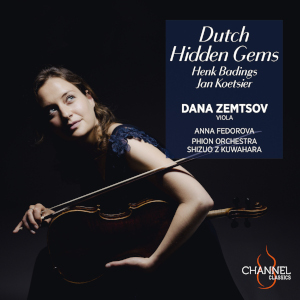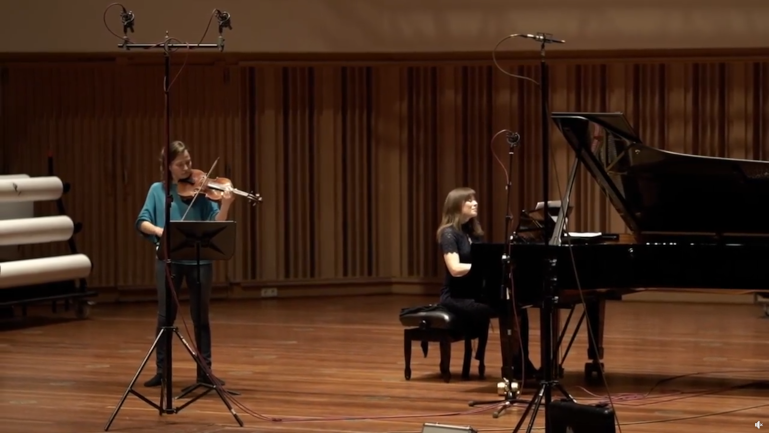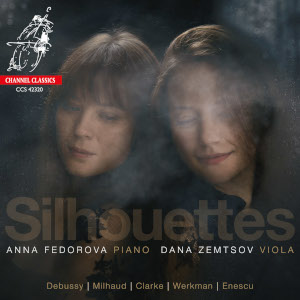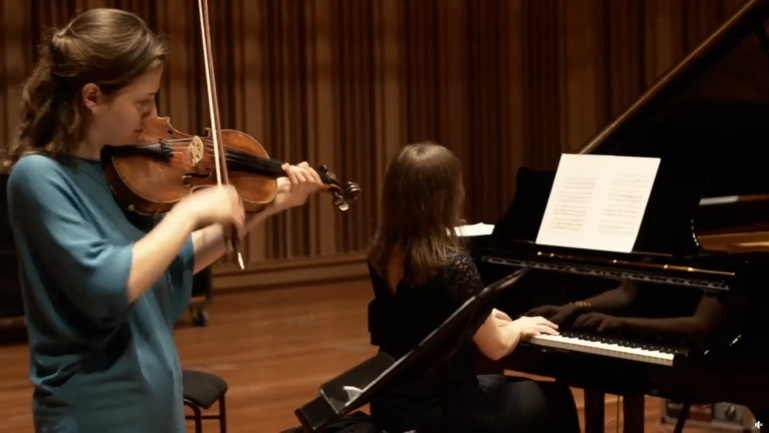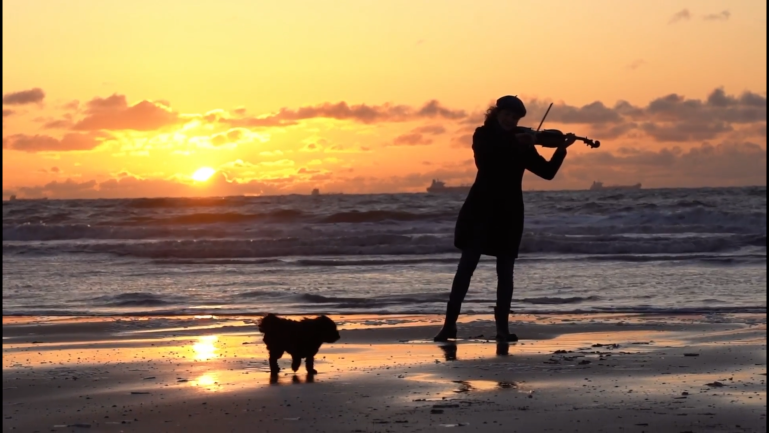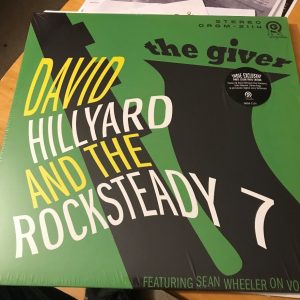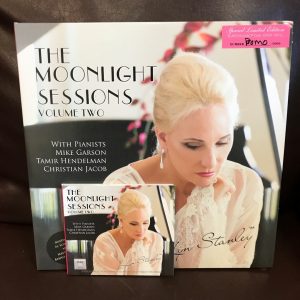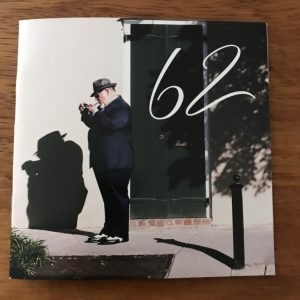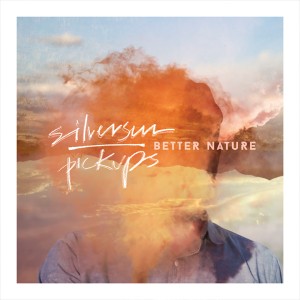This new recording by the ever-excellent Dana Zemtsov offers much to savor, particularly with the rich, resonant tonal qualities of her viola brought front and center. And the sound quality provided by Jared Sacks is a true sonic joy, as usual.
Dutch Hidden Gems, Contemporary Compositions for Viola. Dana Zemtsov, Anna Fedorova, Phion Orchestra. Channel Classics 2022 (DSD256) HERE
This album is filled with music new to me from four Dutch composers working in the twentieth century, one of whom is still writing today. Tonal, complex, and inventive, I've found this music thoroughly engaging. And the performances by violist Dana Zemtsov are superb, as always.
The album contains two works by Henk Badings (1907 - 1987) that I particularly enjoyed. Badings was a prolific composer with over 700 works in almost all genres and for almost all conceivable ensembles, from full-scale symphony orchestra to wind band music: 15 symphonies, 48 concertos, 140 chamber works, 20 choral works with orchestra, 60 pieces for a capella choir, 25 songs, one oratorio, ten ballets and six operas. Judging by my very positive reaction to the two works included here, I look forward to finding more of his works.
Bading's Concerto for Viola and string orchestra (1965) is performed here with the Phion Orchestra, conducted by Shizuo Kuwahara. The Phion is one of the several very excellent regional orchestras in The Netherlands and their performance here does great credit to them. Zemtsov relates that she heard this piece live for the first time "with Nobuko Imai as a soloist, that was really great. I was only 13 years old at the time, but I immediately thought 'wow, this is a really good piece!' The concerto contains many sound experiments, with clusters and quarter tones, octatonic scales, and ethnic elements such as with music for gamelan." Badings was born on Java. (From an interview published by the Dutch Viola Society, HERE.)
In Bading's Sonata for Viola and Piano (1951), Zemtsov is joined by the very wonderful Anna Fedorova on piano. The sonata is expressive, occasionally dramatic, but also quite playful. And it clearly contains sections requiring virtuosic skills from the performers. Zemtsov and Fedorova work as equal partners, and magic is in the air. In the often dissonant segments of the first movement, moving to the sad slow middle movement, and finally to an exuberant finale in triple time that Zemtsov describes as "very spicy, a kind of devilish dance," these two artists complement each other most wonderfully. I liked this piece very much.
Speaking of which, have you listened to Zemtsov's and Fedorova's joint album, Silhouettes? Also recorded by Jared Sacks for Channel Classics, this is a full album of their marvelous music-making together. Not to be missed!
Previously reviewed HERE.
Also included on this Dutch Hidden Gems album is Arne Werkman's (b. 1960) Pavane for Viola and String Orchestra in a premier recording in this version for string orchestra. Named by Werkman a "Pavane" this work is thoroughly modern. The opening notes for both viola and string orchestra are very soft, very quiet, with the viola challenged to present a tremulous, searching, reaching voice for the ensemble. Sound from the orchestra gradually strengthens, then the viola makes a strong declarative statement following which, given some further rumination, both viola and orchestra fade softly, very gently, into quiet. Oh, indeed, I liked this work very much.
Jan Koetsier's (1911 - 2006) Concertino for Viola and Orchestra (1977) in the middle of the album brings a nicely different pacing and quirkiness. It is a first recording of this work and it makes me wish to hear more from his very extensive listing of compositions. Born in Amsterdam, Koetsier's family moved to Berlin in 1913 where the he remained until the beginning of World War II. He was for a time a student of Paul Hindemith, who was one of the most important composition teachers at the Berlin Academy of Music. Some say that Hindemith's influence persists in Koetsier's compositions and I would not disagree from what I hear in the work. An important milestone in his career was his position as second conductor at the Concertgebouw in Amsterdam, which he held from 1942 until 1948 when he departed for The Hague to become conductor of the Residentie Orkest. In 1950 he assumed the same position with the Bavarian Radio Orchestra in Munich and then largely remained in Germany until his death.
The album concludes with the beautiful Arietta for viola and piano by the Amsterdam composer Henriëtte Bosmans (1895 - 1952). What a lovely finish to a very fine album.
Overall, Dana Zemtsow's programming for this album is quite wonderful. It overflows with musical gems for the viola, all composed in the Netherlands in the 20th century. These works highlight a beautiful solo instrument, the viola, which rarely holds the spotlight but instead generally occupies a discreet place as the middle voice in the orchestra or the string quartet.
Highly recommended.
If you need more of a nudge, I highly commend Adrian Quanjer 's eloquent and insightful article about Dana Zemtsov, the viola, and the music on this album posted at NativeDSD. A very interesting read.
And for an entertaining short video on the "discovery" of these hidden gems, enjoy the video Dana and Anna created for us (HERE):
Images courtesy of Channel Classics.




